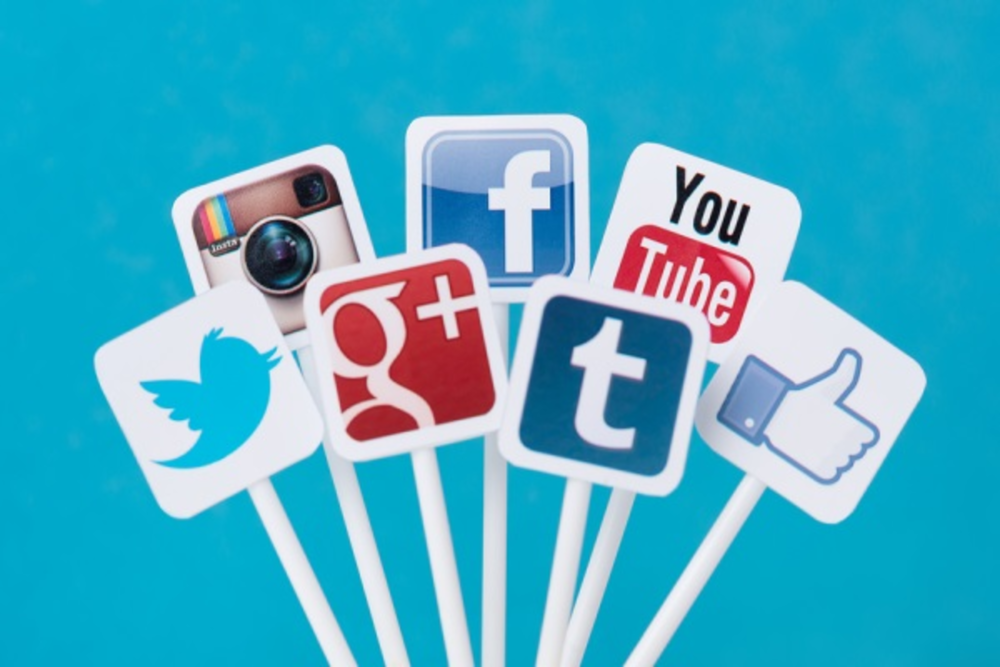Emotions are like electricity: You can’t see them, but you know they’re there. Why? Because you can feel the impact. And emotions, like electrical currents, are charged with power. In fact emotions infuse energy into a marketing campaign, making it more effective and memorable.
“The more people feel, the more that they do and take action,” said Realeyes CEO Mihkel Jäätma at the Advertising Research Foundation’s Audience Measurement 2015 conference this week in New York. Jäätma said that he spends much of his time trying to measure and quantify human emotions so that marketers can know when a campaign is working—and when it’s not. “In fact clients always want to know how to get digital content right; they want to content that stands out,” Jäätma explained. He says the way to do that is through messages and content that stir up emotions.
Jäätma said that crafting emotional creative allows marketers to attract, retain, and impact customers in a way that perfunctory messages simply don’t. More specifically, Jäätma said that one of the best ways to evoke emotion is through social media. Social media is rooted in emotions. People like, comment, or share only when they feel an emotion. “So we need to measure emotions,” Jäätma continued. “Emotions drive social [marketing] success. Good marketers believe that emotions are important.”
RT @natashasNYC: “Creative is the biggest factor for [marketing] success.” Mihkel Jaalma, @realeyesit #arfam2015 pic.twitter.com/GH7eHQybPI
— The ARF (@The_ARF) June 16, 2015
Jäätma insisted that relying on solely traditional media and methods is no longer ideal. In years past, he said, marketers were bound by campaigns that were low in volume, slow to execute, and were downright expensive. However social, Jäätma said, gets rid of much of that: “Today [with tools like social media], volumes are high, execution is quick, and costs are inexpensive.”
He insisted that marketers need to start collecting more data on the emotional reactions to their campaigns so that companies will know what type of messaging works best for them: “Brands need better data at every stage. Measure emotions; then react.” He said that too often, the biggest factors for marketing success on social are ignored. “Creative is the biggest factor for [marketing] success. And emotions are the biggest drivers of human behavior,” he said. “Both are greatly overlooked.”
So while wrapping up the session, Jäätma gave this advice for those looking to make their marketing more emotional—and ultimately more impactful: “Again, we need to measure emotions, which drive social success. Emotion reading is easy. So start by testing what you want to invest in; target who you want to show it to; evaluate and know how it performs. And always, always end [your messages] on a high note.”








